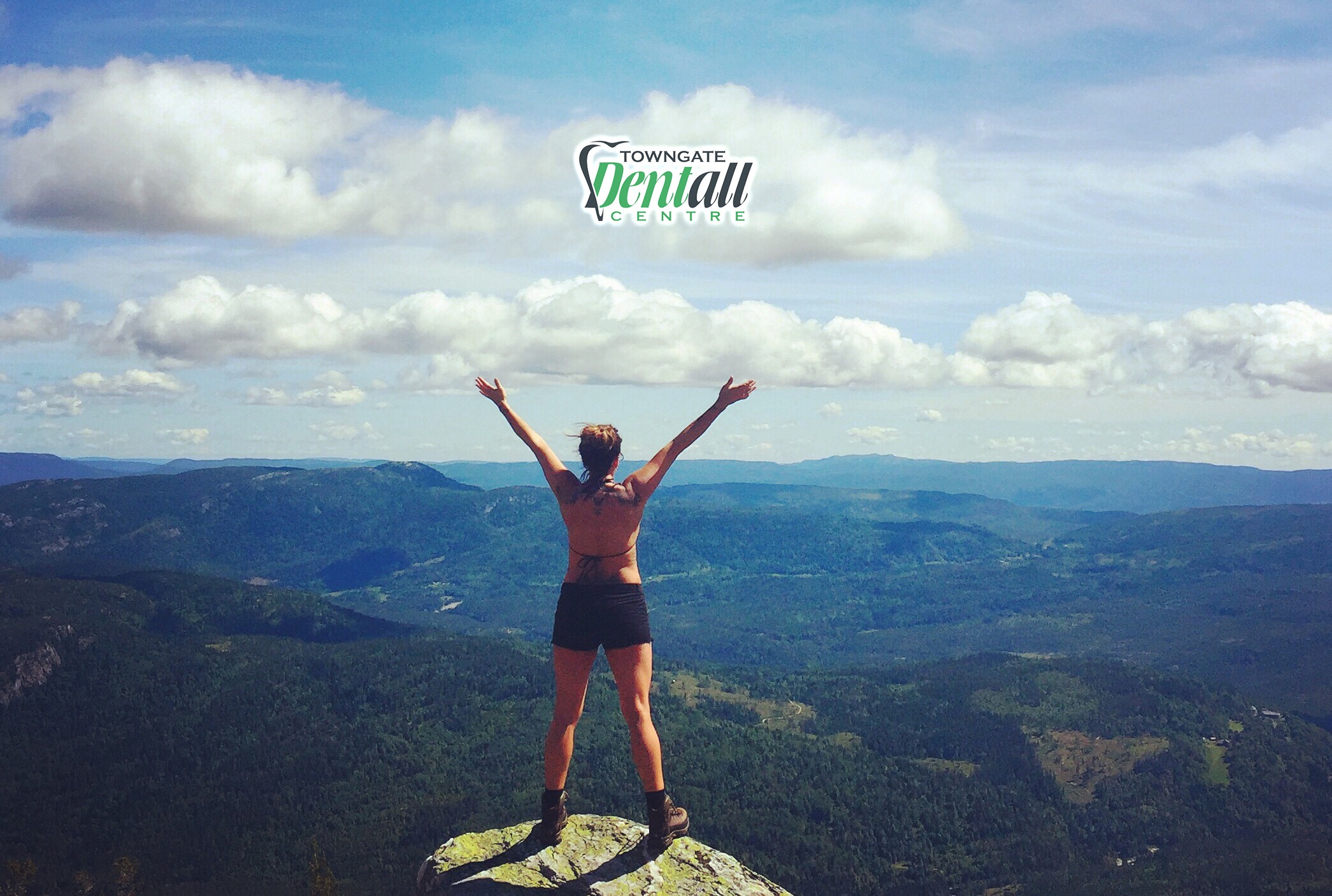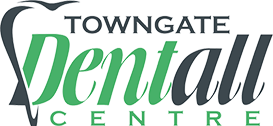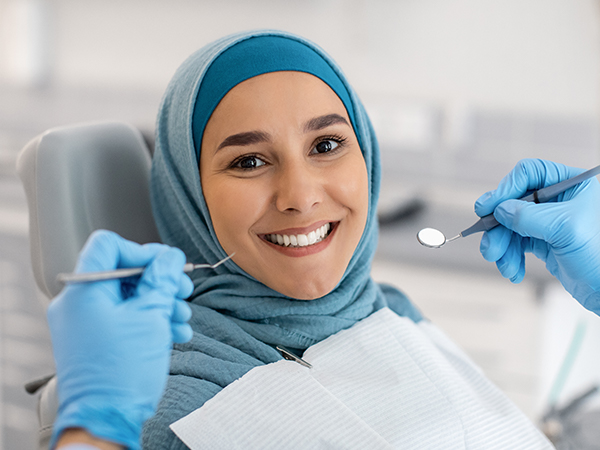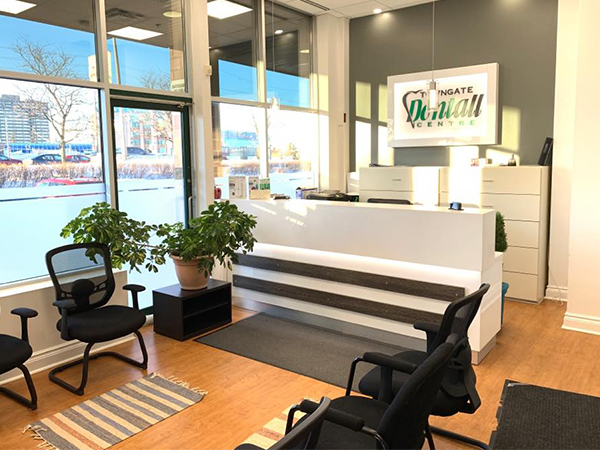See our teeth whitening promo here
Breathing
Blog:Breathing

All together now: Breathe in, breathe out. Breathing is life’s greatest autopilot. Thankfully, it just happens, and we don’t have to think about it.
There are the two complaints I hear from dental hygienists:
One is that they are sweating their tushes off wearing their protective gowns over scrubs, hats and shields -which I have no help for, and the other is that they are not able to breathe properly. The term for shortness of breath, labored breathing, or “air hunger” is called dyspnea. One of the signs of dyspnea is feeling like you cannot take in enough air, which is clearly happening with the many masks RDHs are wearing.
The other problem with masks is that using them for long periods of time has increased the dryness in the mouth which helps bacteria and viruses propagate. People are prone to breathe through their mouth while wearing a mask to increase inhalation capacity and doing so makes dry mouth worse. Wearing a mask makes drinking water a chore and many of us forget to hydrate often.
We’ve been wearing face masks for months now and it’s impossible not to smell your own breath – most of us are experiencing that unpleasant smell out of our protective masks. Face masks and poor oral hygiene are beginning to take a toll on our oral health today.
Even though doctors confirm that wearing a mask does not lower a person’s oxygen levels, it can still affect your breathing by changing the breathing pattern. When we’re feeling discomfort, even subconsciously, it can change the way we breathe – we can hyper- or hypo- ventilate.
But there may be a solution for getting better quality breathing. It is interesting that one of the main tricks to help reduce air hunger is to reduce stress and improve your surrounding air quality and flow. Whether you are in the operatory, break room, driving home, or getting ready to sleep, here are some breathing techniques that may help with the stress component of air hunger.
Pursed breathing
One simple way to help with stress and perhaps help with dyspnea is pursed lip breathing.
There may be a benefit to those “fish lips” that were a popular selfie trend a few years back, if you are breathing during it. Pursed lips allow you to control your oxygenation and ventilation. Breathe in through your nose and breathe out through your mouth in a controlled slow flow. Taking longer exhalations stimulates the autonomic nervous system and promotes relaxation.1 Take a normal breath for two counts; then pucker and exhale for four. Try a few rounds and see if you feel that you are getting more air and taking the edge off of stress.
Diaphragmatic breathing
Diaphragmatic breathing, or belly breathing, is the master of breathing exercises. You breathe through your nose and focus on how your belly “fills” up with air. When I started this technique, it was counterintuitive because I have always tried to suck in my gut. You can do this sitting up or lying down and feel the air expand your tummy. Then breathe out slowly through your pursed lips. The goal is to feel like you are pushing an object with your abdomen while inhaling deeply with the diaphragm. Some of the benefits include:• Relieves stress: Stimulates the parasympathetic nervous system while increasing feelings of relaxation
• Supplies more oxygen: Encourages full oxygen exchange—the beneficial trade of incoming oxygen for outgoing carbon dioxide
• Lowers blood pressure: During diaphragmatic breathing, the amount of oxygen carried by the air may be doubled. The oxygen supply to the blood increases, allowing improved blood circulation, which affects blood pressure
• Improves concentration: Taking in lots of oxygen to be circulated in the brain improves focus and increases blood flow to the prefrontal cortex of the brain. The prefrontal cortex is the part of the brain attributed to complex behaviors such as planning and thinking
• Increases lung capacity: Consciously exercising the diaphragm can stretch it further down toward the belly, which gives the lungs more space to expand. Actors, singers, and athletes practice this type of breathing regularly for it to become habitual and improve performance

4-7-8
Dr. Andrew Weil developed a popular breathing technique based on a yoga practice called pranayama that helps you gain control over your breathing. This is a practice for relaxation that can be done during the day and can also be used to help you fall asleep. It is designed to bring a state of relaxation, allowing the body to replenish its oxygen. Put your tongue behind upper front teeth. Breathe in four counts, hold for seven, and breathe out for eight. Keep your lips closed on the inhale and hold; then, on the exhale, open the lips a tad or purse them and make a whooshing sound as you exhale. The most important part is the hold for seven counts.It is recommended that when you start the practice, do four rounds only for a month and work up to a maximum of eight cycles a day. Dr. Weil recommends doing this twice a day and increase the number of cycles after a month, limiting the number of cycles to eight. Results can be noticed in about six weeks. He finds that patients have improved digestion and lowered heart rate and blood pressure. He sees this as the first line of defense for anxiety. This YouTube video explains it in detail: https://youtu.be/p8fjYPC-k2k
There is no doubt that forms of face protection including masks and shields are confining, claustrophobic, and can cause undue stress. Headaches, dizziness, and shortness of breath are a few of the many symptoms reported when using respirators and N95 masks. The moments when masks can come off at lunch, or after work can be used to great advantage by using simple breathing techniques, which may make the day a little less stressful.


